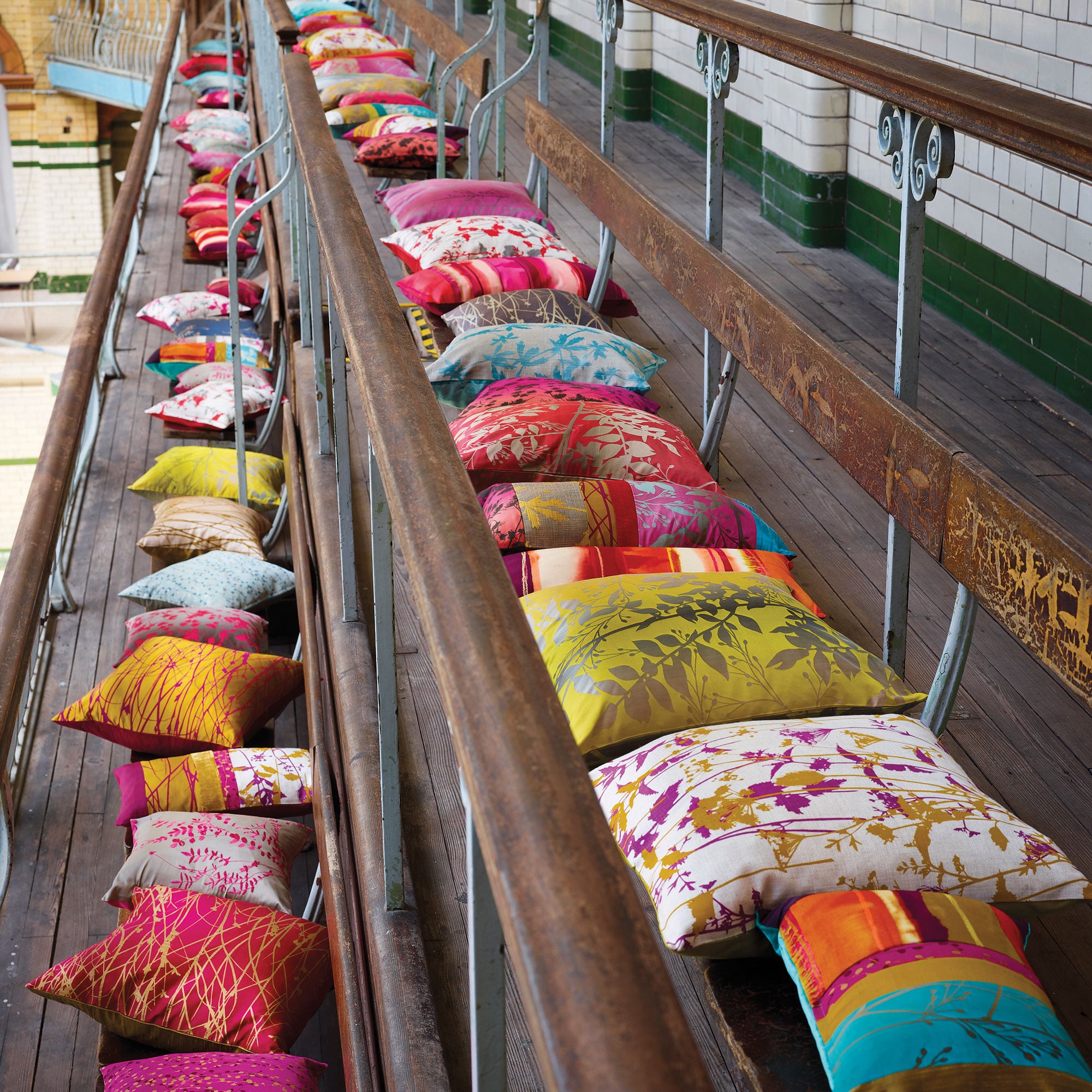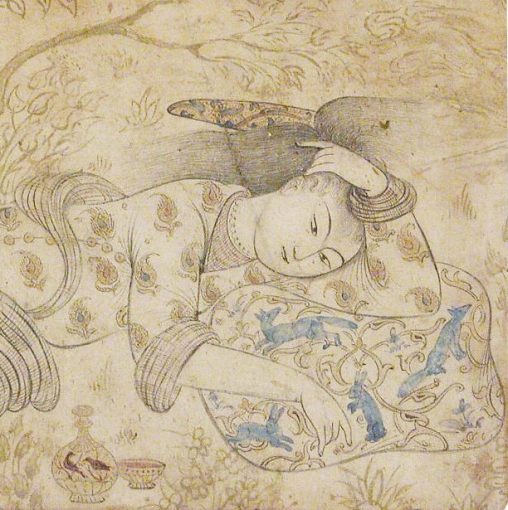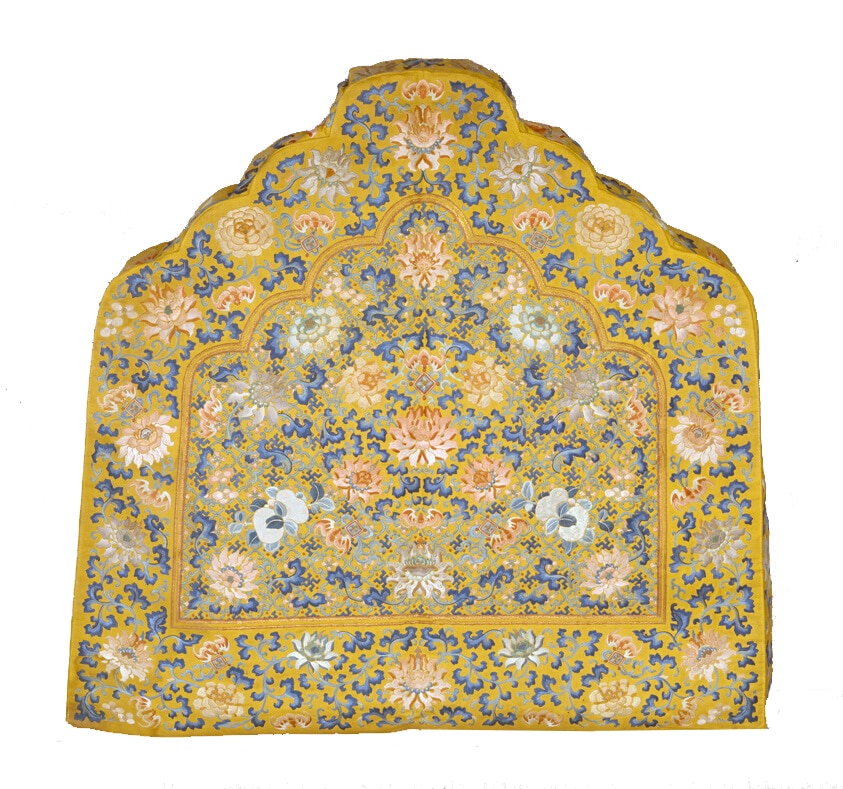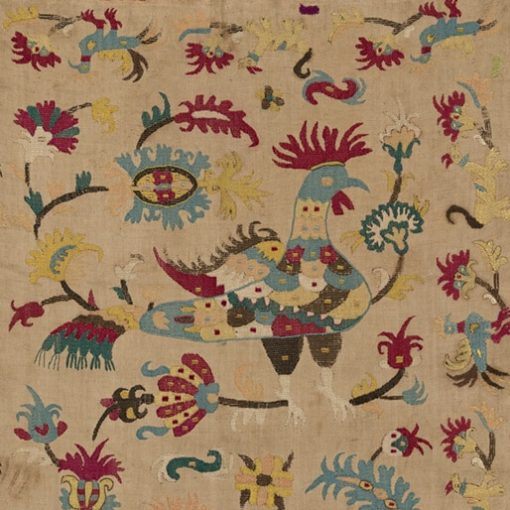A history of botanical cushions
If you put all the cushions I’ve designed over the last 20 years in one place, there would be enough stems, buds, leaves, vines, grasses and flowers to fill an imaginary garden.
By looking into the history of cushions, I’ve discovered that the cushions we make are part of a tradition of botanical cushions that stretches back centuries…
The story of cushions
The word cushion comes from the old Anglo-French word ‘quissyn’, related to the latin word ‘coxinum’ meaning hip. It makes sense – a cushion is a place to rest one’s hips.
But resting doesn’t have the same associations everywhere. From places such as Ancient Egypt right up to 20th Century China, cushions were traditionally hard. They were made out of materials such as wood or stone, sometimes covered in fabric. In other places, comfort was prioritised and cushions were stuffed with straw, feathers or reeds.
Throughout history, cushions have been a symbol of ease, relaxation and even luxury. The more you had, the fancier you were. But during the industrial revolution, new and more efficient weaving and dyeing techniques were developed. These made cushions more affordable and now they are a soft and special part of people’s homes.
Scroll down for some examples of botanical cushions through time….







As you can imagine, it’s such a thrill for me to see how artisans throughout history have been inspired by the same things as me – from a vine tendril to a meadow bloom.
A lot of these artisans would have been women, trying to capture the beauty of the natural world and bring them into their homes.
Consider me signed up to carry on their mission!


